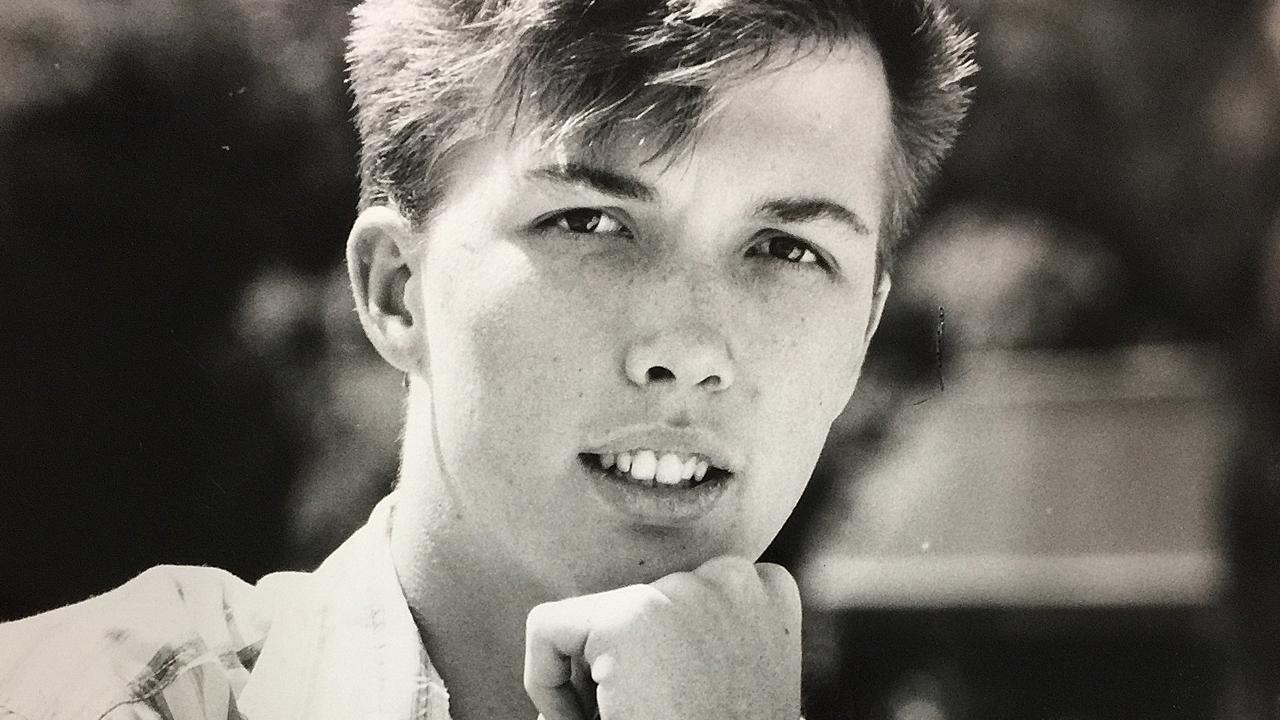Six ways to get your next high-paying job with a strong cover letter to get an interview
An ex-recruiter has revealed how to get closer to the next dream job Aussies really want that’ll have employers calling you instantly.

Work
Don't miss out on the headlines from Work. Followed categories will be added to My News.
Does the thought of writing a cover letter for a job application give you sleepless nights, heart jumps, sweaty palms and dread?
Well you are not alone as it isn’t always easy to get it right.
But it’s essential to get comfortable with sending a cover letter as the majority of government and private sector jobs still ask for one as part of their recruitment process.
No matter the role or sector they are still important in the hiring process.
MISTAKES TO AVOID
One big error is to regurgitate what is already on your CV. This is not only boring to read but doesn’t add valuable extra information to the application.
Another pitfall is to assume the cover letter should be all about you. Strange but true as the cover letter must also be about the organisation and their needs.
STAND OUT
As an ex-recruiter who has read thousands of them, I can tell you that cover letters that convert to interviews are tailored, concise, compelling and charismatic. And they are written in a genuine human voice.
Being customised is essential to talk to the specific hiring company and not be a spray and pray affair to any company.

Think of it like walking up to a department store make-up counter and being told ‘that lipstick is our bestseller’. Or to an aftershave counter and being told ‘that brand of cologne is our newest one’.
Your thoughts would be ‘so what?’ You would feel totally ignored as an individual with no consideration to your needs, wants and colouring. And that is the same for readers of a cover letter if it’s generic without being authentically tailored to the company.
HIGH FIVE RESPONSE
When a cover letter is unique, relevant and personalised it delivers a high five ‘thank goodness I want to interview the person’ response.
It’s a joy to read a letter that has clearly not been sent to every Tom, Dick or Mary.
TIPS TO PREPARE
Before you start writing, you need to do your research to understand the purpose of the job, sector and interview process.
Every role, no matter the industry or level, is designed to solve problems, address challenges and help the organisation run smoothly to achieve their goals.
However most job advertisements only include information about the tasks, responsibilities and candidate skills they seek.
What is missing is key information of the problems and issues at hand the role must address. And there will be many, both externally and internally.
Nor is there information on what success looks like and is measured by.

It is what is not shared that matters more as knowledge is power when used with wisdom and relevance. Ignorance of the problems and issues is not bliss as it doesn’t provide enough insight to deliver a powerful cover letter that converts in a sea of candidates.
If you are applying for a role outside of your sector you must take a research approach across Google, LinkedIn, industry publications and wider networks for insights.
If you can, or it’s mentioned in the advertisement, reach out to the contact person to get more information. Advise that you want to tailor your application to the role for their review benefit.
IT’S 2023 NOT 1975
We are living and working in 2023 not 1975 so you can lose the Dear Mr/Ms/Mrs at the top of your cover letter. And never address the reader with a Dear Sir or Madam. Eww!
Address with Dear ‘first name/s’. Or if unknown, a broad address such as Dear HR Team or Dear IT Department.
You can also ditch the ‘yours sincerely’ end. It’s stiff and old fashioned. Regards is just fine.

ELEMENTS TO INCLUDE
Why: Positive and personalised statement on why you are applying for the role and why you are keen to work for that company. Include a reference to current business news.
You: Brief overview of your background with keywords that relate to the role and your experience.
What: Communicate your understanding of the challenges and needs of the role and how that fits within the organisation’s objectives.
How: Demonstrate how your past work experience is transferable to the challenges the role will face. Share a few hero examples of your past successes to demonstrate you would be a great fit. And don’t forget to share your personality, too.
Call to action: Positive end note for a further discussion.
* Sue Parker, owner of DARE Group Australia, is a leading job search, communications and career brand specialist.
More Coverage
Originally published as Six ways to get your next high-paying job with a strong cover letter to get an interview



